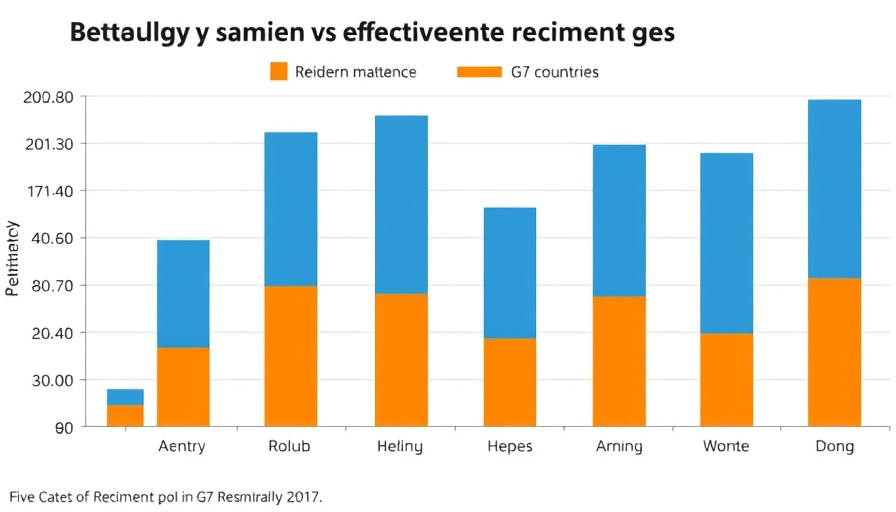
How Culture Translates into Business Value
In the fiercely competitive landscape of modern business, Chief Human Resources Officers (CHROs) and organizational leaders are increasingly recognizing the importance of fostering a high-performance culture. But how do you measure the return on investment (ROI) of such an intangible asset? The answer lies in understanding not just the financial metrics but the human stories that drive engagement and productivity.
Harnessing Employee Engagement for Performance
People-first leadership goes beyond motivational posters. It cultivates an environment where employees feel valued and empowered. This intrinsic motivation translates into better employee performance, ultimately enhancing productivity
The Power of Succession Planning and Retention Strategies
High employee turnover can be an organization's silent killer, eroding its culture and bottom line. Implementing effective succession planning can drastically improve employee retention strategies, ensuring that seasoned leaders train future talent, thereby maintaining organizational continuity and encouraging a high-performance culture.
Practical Steps to Foster a High-Performance Culture
To implement a successful workforce strategy, consider integrating metrics such as employee engagement surveys and HR analytics. These tools provide insight into how cultural initiatives translate into measurable outcomes, helping organizations tailor their approach to talent management for optimal results.
The Ripple Effect of a Healthy Culture
A thriving cultural landscape has tangible effects beyond just productivity metrics. Organizations that invest in their cultures often find they can weather economic downturns more adeptly, showcasing resilient business performance when competition toughens. Notably, being known as a company that fosters employee engagement can also enhance your employer brand, making it easier to attract top talent.
 Add Row
Add Row  Add
Add 




Write A Comment